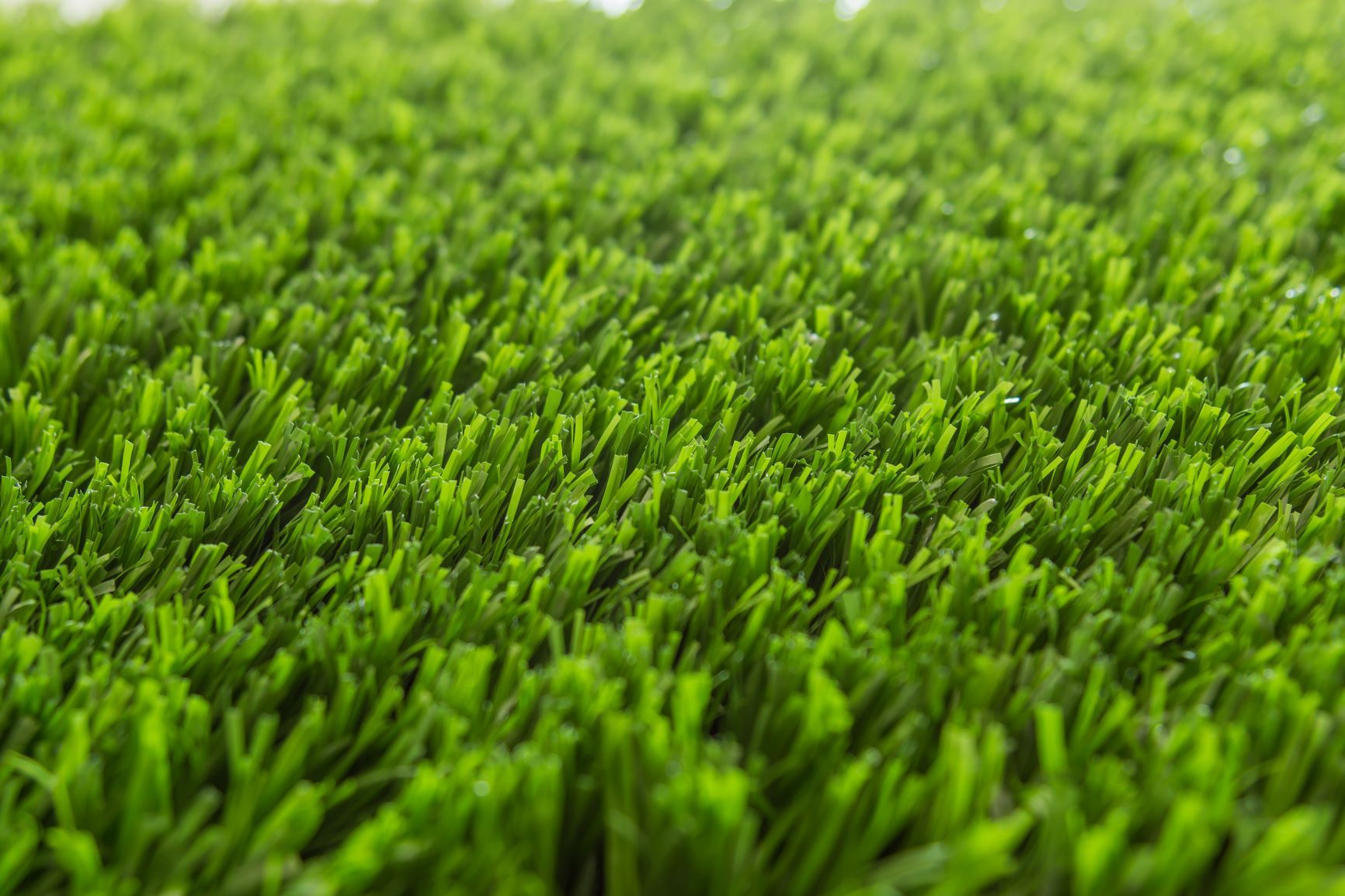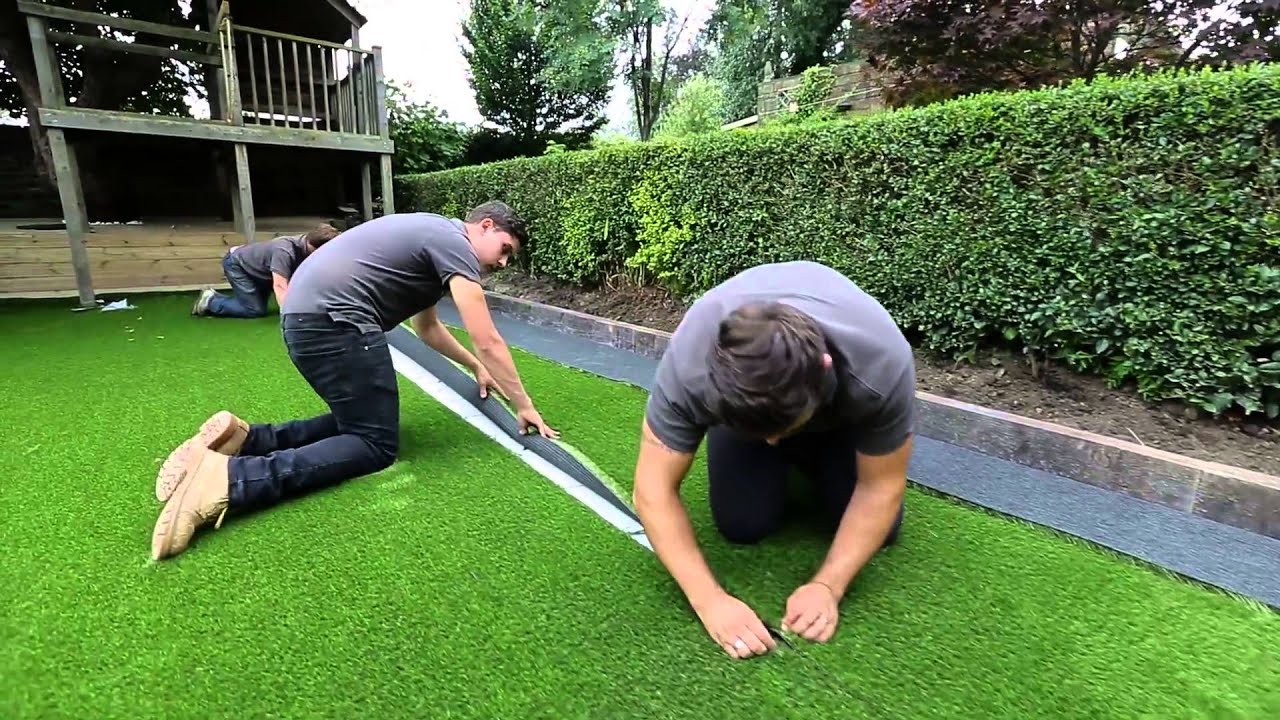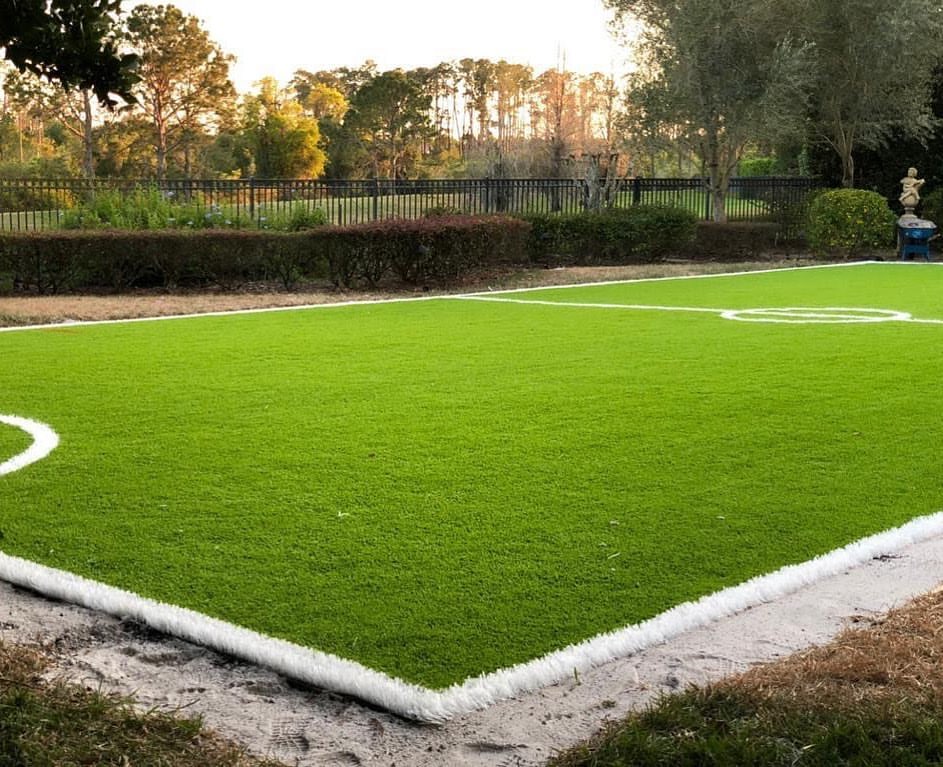How Does Artificial Lawn Installation Transform Your Landscape?
The installment of synthetic turf offers a diverse possibility for landscape change, using a blend of aesthetic improvement and functional advantages. Past the prompt visual allure of a continually environment-friendly space, fabricated grass dramatically decreases upkeep demands and water consumption.
Advantages of Synthetic Grass
When taking into consideration landscaping services, the advantages of man-made lawn ended up being significantly noticeable. One of the most substantial advantages is its low upkeep needs. Unlike all-natural turf, which demands normal mowing, watering, and fertilizing, synthetic grass preserves its rich look without these labor-intensive tasks. This allows homeowner to designate their time and resources to other pursuits.
Additionally, man-made lawn supplies a consistent playing surface, making it excellent for recreational areas and sports fields. Mesa artificial grass. Its resilience makes certain that it can endure hefty foot web traffic without the damage connected with natural yard, therefore promoting year-round usability
Environmental advantages also play a crucial role in the charm of synthetic grass. By eliminating the requirement for herbicides and chemicals, it contributes to a much healthier ecosystem. In addition, the reduction in water usage is considerable, especially in areas prone to drought.
Furthermore, synthetic grass boosts aesthetic charm, providing a vivid environment-friendly landscape that remains uniform throughout the periods. This consistency can boost building worth and curb allure, making it an attractive option for companies and property owners alike. In summary, the countless benefits of synthetic grass make it an engaging selection for modern landscaping options.
Cost Financial Savings In Time

Firstly, artificial lawn removes the need for persisting expenses connected to water, plant foods, chemicals, and yard upkeep solutions (Arizona artificial grass). House owners can expect to save considerably on their water costs, particularly in areas prone to drought, where watering of all-natural turf can end up being prohibitively pricey. Additionally, the minimized requirement for chemical therapies not only reduces costs but additionally lessens labor expenditures associated with lawn care
Over time, the collective economic benefits of artificial turf can substantially outweigh the preliminary expenses, making it a smart investment for those looking to enhance their landscapes while also managing their spending plans effectively. In summary, the long-term cost savings associated with artificial turf make it an appealing option for homeowners seeking both aesthetics and economic carefulness.
Environmental Influence
The ecological effect of fabricated grass is a topic of significant passion and dispute. Furthermore, man-made turf removes the necessity for chemical fertilizers and chemicals, which can posture risks to regional ecosystems.
Nevertheless, worries about the ecological footprint of synthetic grass persist. The manufacturing of artificial materials typically calls for significant energy and oil sources, adding to carbon emissions. Moreover, when synthetic grass gets to completion of its life process, disposal can end up being troublesome, as many items are not naturally degradable and can end up in garbage dumps.
One more area of problem is the possibility for microplastics to seep right into the soil and rivers, which might negatively influence water life and communities. While fabricated grass presents certain environmental benefits, it also presents difficulties that warrant mindful factor to consider. Balancing the benefits of water conservation with the ecological impacts straight from the source of manufacturing and disposal is necessary for making notified landscape design decisions.
Layout Adaptability
Man-made lawn opens a world blog here of layout flexibility, permitting property owners and landscape engineers to create aesthetically pleasing and functional outdoor rooms. Unlike conventional turf, synthetic grass can be tailored to fit different motifs, styles, and purposes, boosting the total landscape layout.
One of the key advantages of man-made turf is its versatility. Homeowners can pick from a selection of structures, colors, and stack elevations, guaranteeing that the turf complements existing functions and building components.

Upkeep and Longevity
With minimal upkeep required, synthetic grass uses a useful option for property owners seeking a low-maintenance landscape design option. Unlike all-natural lawn, which requires routine mowing, watering, and fertilizing, synthetic grass dramatically lowers the time and effort required to maintain an eye-catching yard.
The long life of fabricated grass is another compelling benefit. Normally, artificial lawn can last in between 15 to 25 years, depending on the high quality of materials made use of and the level of foot web traffic it Mesa artificial turf withstands.
Furthermore, upkeep tasks for synthetic grass are straightforward. Periodic cleaning to maintain the blades upright, washing to get rid of debris, and periodic infill replenishment are generally enough to keep its look and performance. This convenience of upkeep enables homeowners to enjoy their exterior areas without the worry of extensive labor.
Final Thought
In final thought, artificial lawn installment significantly boosts landscapes by supplying a vivid, low-maintenance choice to natural lawn. Overall, artificial lawn emerges as a sustainable and functional service for transforming outside areas right into aesthetically attractive and functional atmospheres.

In conclusion, man-made turf installment considerably boosts landscapes by offering a lively, low-maintenance option to all-natural lawn.